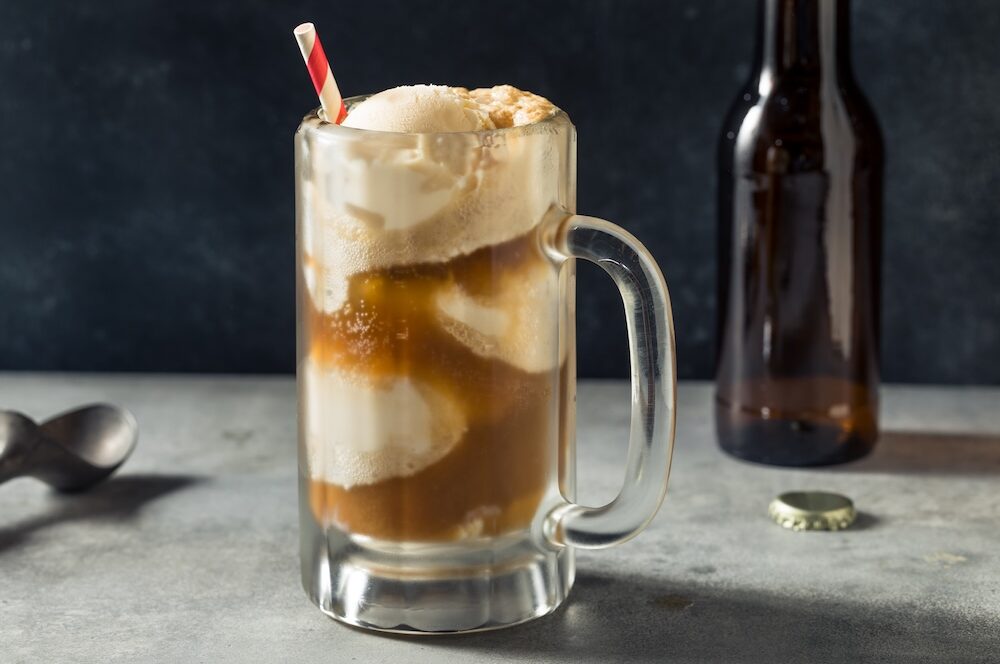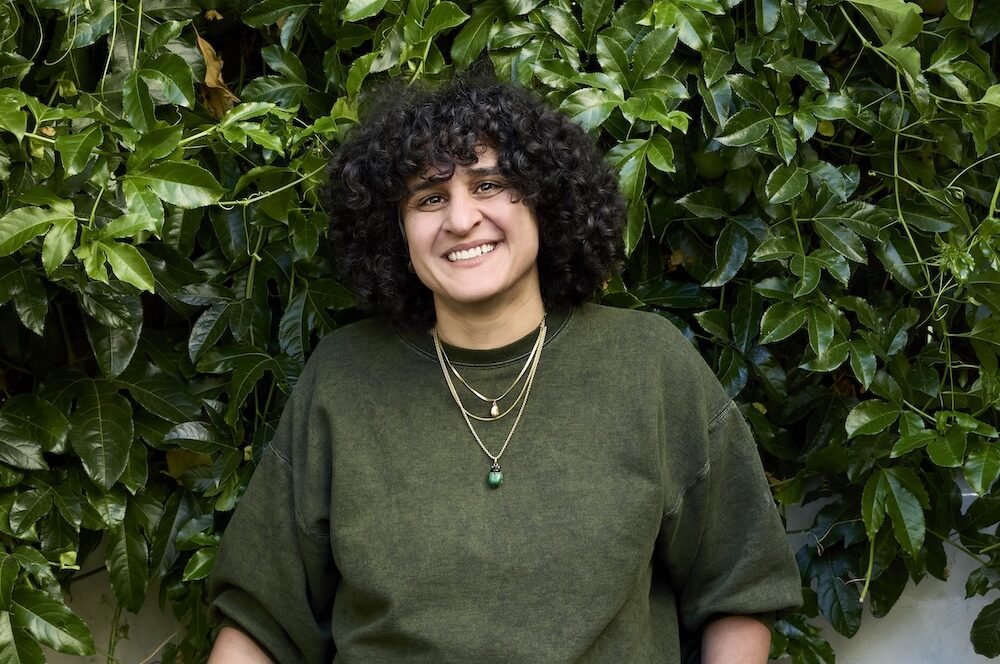Kenji Lopez-Alt, Serious Eats' managing culinary director is a passionate advocate of the spatchcocking (aka, butterflying) a turkey. That means you remove its backbone and lay it flat, so the meat cooks more evenly.
Kenji graciously agreed to share his spatchcocked roast turkey recipe and video tutorial (from Serious Eats) with Sporkful readers.
Crisp-Skinned Butterflied Roast Turkey with Gravy
Serves: 10-12
Active Time: 20 minutes
Total Time: 2 hours
Special Equipment: rimmed baking sheet, wire rack or broiler pan
3 large onions, roughly chopped (about 1 1/2 quarts)
3 large carrots, peeled and roughly chopped (about 1 quart)
4 stalks celery, roughly chopped (about 1 quart
12 thyme sprigs
1 whole turkey (12 to 14 pounds total), butterflied according to these instructions, backbone, neck, and giblets reserved
2 tablespoons vegetable oil
Kosher salt and freshly ground black pepper
1 1/2 quarts low sodium homemade or store-bought chicken or turkey broth
2 bay leaves
3 tablespoons butter
4 tablespoons flour
Adjust oven rack to middle position and preheat oven to 450°F. Line a rimmed baking sheet or broiler pan with aluminum foil. Scatter 2/3rds of onions, carrots, celery and thyme sprigs across bottom of pan. Place slotted broiler rack or wire rack directly on top of vegetables.
Pat turkey dry with paper towels and rub on all surfaces with 1 tablespoon oil. Season liberally on all surfaces with salt and black pepper (if using a brined, salted, or Kosher turkey, omit salting step, see note above). Tuck wing tips behind back. Place turkey on top of rack, arranging so that it does not overlap the edges, pressing down on the breast bone to flatten the breasts slightly.
Transfer turkey to oven and roast, rotating occasionally, until an instant read thermometer inserted into the deepest part of the breast registers 150°F, and the thighs register at least 165°F, about 80 minutes.
While turkey roasts, make the gravy. Roughly chop the neck, backbone, and giblets. Heat remaining 1 tablespoon oil in a 3 quart saucepan over high heat until shimmering. Add chopped turkey parts and cook, stirring occasionally, until lightly browned, about 5 minutes. Add remaining onions, carrots, and celery and continue to cook, stirring occasionally, until vegetables start to soften and brown in spots, another 5 minutes. Add chicken stock, remaining thyme, and bay leaves. Bring to a boil and reduce to a bare simmer. Allow to cook 45 minutes, then strain through a fine mesh strainer into a 2 quart liquid measuring cup and discard solids. Skim off any fat from the surface of the broth.
Melt butter over medium-high heat in a 2 quart saucepan. Add flour and cook, stirring constantly until flour is golden brown, about 3 minutes. Whisking constantly, add broth in a thin, steady stream until it it all incorporated. Bring to a boil, reduce to a simmer, and cook until reduced to about 1 quart, about 20 minutes longer. Season to taste with salt and pepper, cover, and keep gravy warm.
When turkey is cooked, remove from oven and transfer rack to a new baking sheet. Tent turkey with aluminum foil and allow to rest at room temperature for 20 minutes before carving. Carefully pour any collected juices from out of the roasting pan through a fine-mesh strainer into a liquid measuring cup. Skim off excess fat and dicard. Whisk juices into gravy.
Carve turkey and serve with gravy
Note: For moister meat, turkey should be salted for one to two days in advance. Season turkey on all sides with salt (preferably under the skin), place on a large plate, cover loosely with foil or plastic wrap, and refrigerate for one to two days. If desired, rinse off excess salt before cooking and pat dry with paper towels.
Photo and recipe by J. Kenji López-Alt / The Food Lab on Serious Eats.


